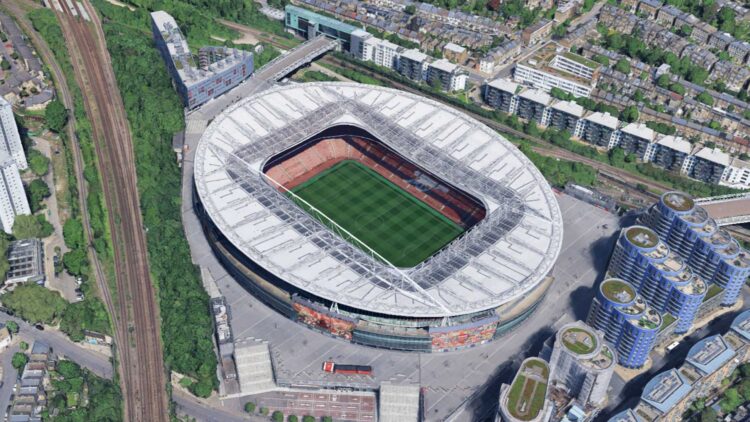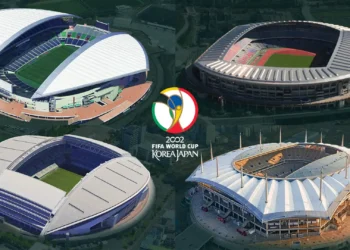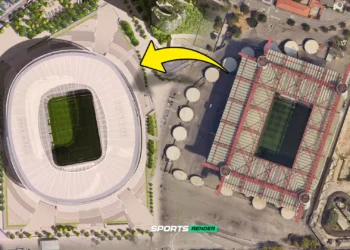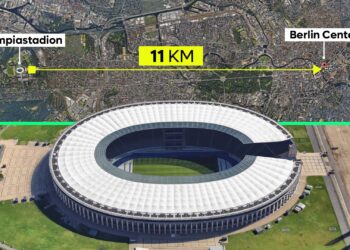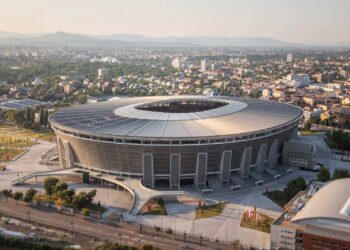Arsenal Football Club is in the initial stages of exploring the possibility of expanding its 60,000-seat Emirates Stadium in North London.
In an interview with ESPN, the Premier League club’s co-chair, Josh Kroenke, stated that “it would be premature to discuss any plans in detail, but internal discussions have begun regarding [the stadium]. The renovation won’t be easy, but we’re starting to see the potential.”
Arsenal moved into the Emirates Stadium, located just off Holloway Road, after its completion in 2006, transitioning from the historic Highbury Stadium, which had a capacity of 38,000. At the time, the 60,000-seat Emirates Stadium was among the largest in the country, but in the nearly two decades since, other clubs have surpassed this capacity. Manchester United’s Old Trafford now seats 74,000, Tottenham Hotspur has built a new 62,850-seat stadium, West Ham has moved into the 62,500-seat London Stadium, and Liverpool has expanded Anfield to 61,015 seats.
Manchester City is currently upgrading its Etihad Stadium from 54,000 to 62,000 seats in a £300M project being undertaken by Sisk. Overseas, Spanish giants Barcelona and Real Madrid have invested in major stadium expansions, increasing capacities to 105,000 and 84,000 seats, respectively. Manchester United is also considering the construction of a new 100,000-seat stadium, which could cost over £2bn.
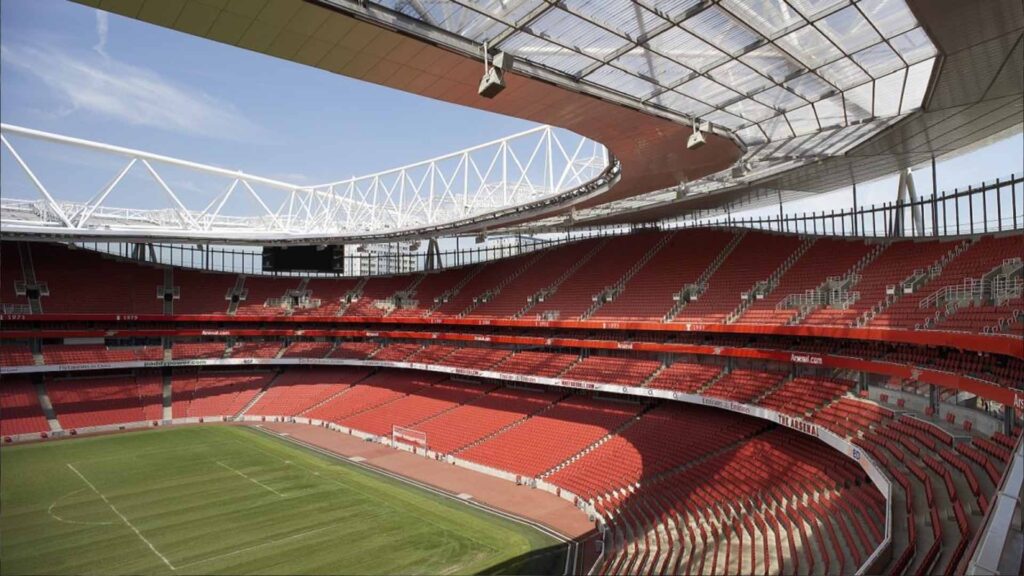
The Kroenke Sports & Entertainment group, which owns Arsenal, also owns the Los Angeles Rams NFL team. They recently completed the construction of the 70,240-seat SoFi Stadium in California. Designed by architects HKS and engineered by Waler P Moore, SoFi Stadium features a playing surface 30m below ground level, reducing the height of the tiers above street level. It hosted the 2022 Super Bowl and will host matches at the 2026 World Cup and the 2028 Olympics.
The Emirates Stadium was designed by Populous, with Buro Happold as the structural engineer and Arcadis as a consultant. Sir Robert McAlpine was the main contractor for its construction.
The stadium features a four-tiered bowl structure with polycarbonate roofing supported by four triangular welded tube steel trusses. The roof is held up by the stadium’s concrete cores, which are connected by steel tripods.
Since the roof is not significantly attached to the main bowl structure, it is believed that it could be removed and replaced to create space for more rows of seating at the top, either as an extension of the upper tier or as a new fifth tier.
Another option under consideration is adding additional rows at the bottom of the current tiers, as there is significant space between the front row and the edge of the pitch. This might involve lowering the playing surface, similar to the design at SoFi Stadium.
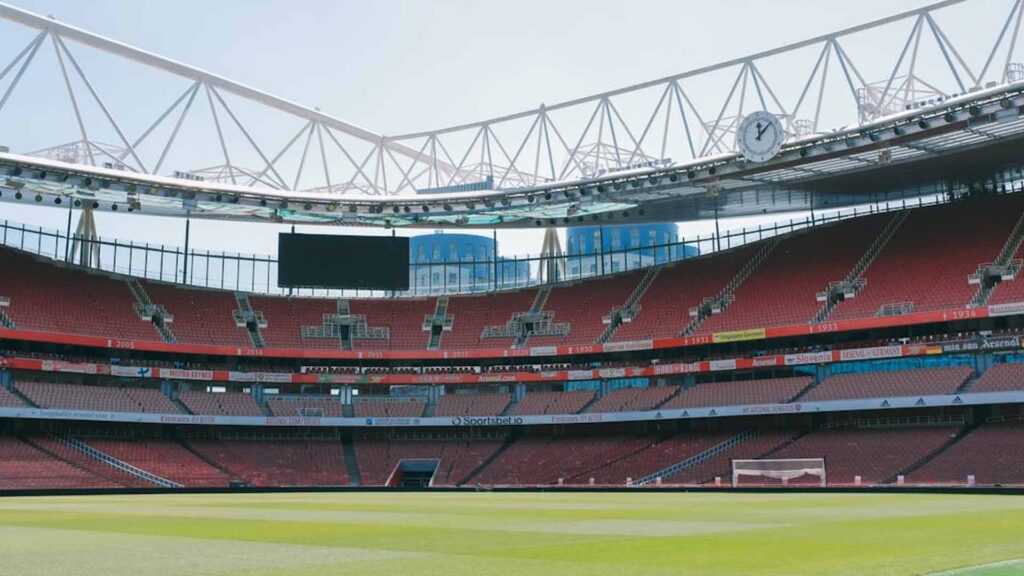
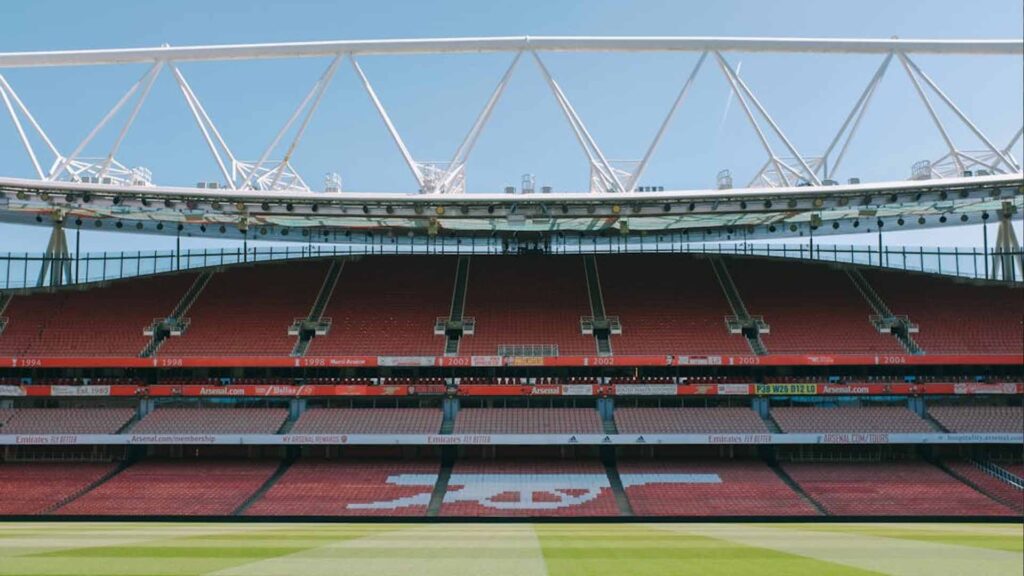
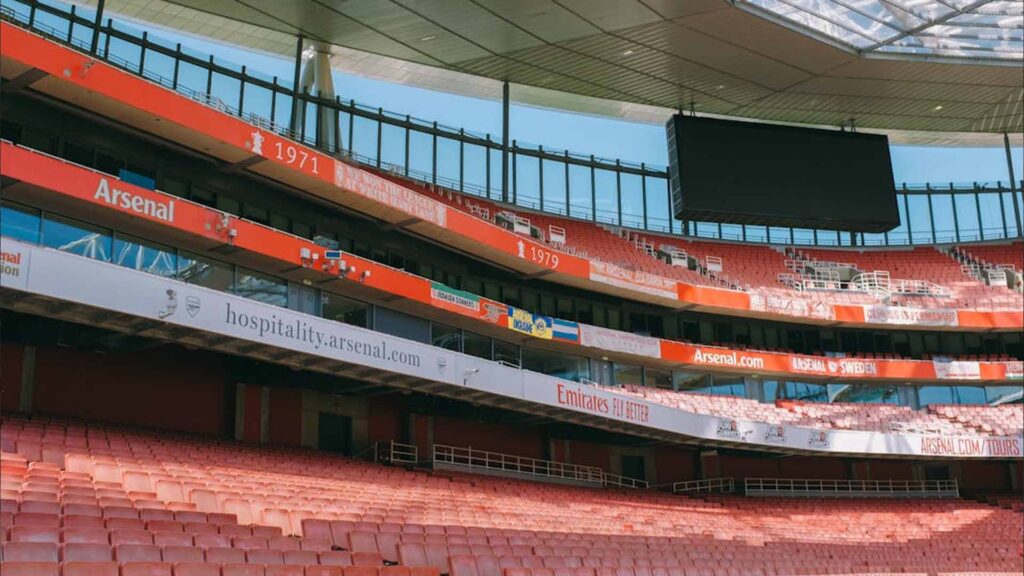
The roof structure has already begun to show signs of aging, with fans experiencing heavy rainfall pouring off of it during matches.
Any expansion of Emirates Stadium’s capacity will likely require Arsenal to invest in upgrading local transport links. When the stadium was initially constructed, the club funded improvements to Highbury & Islington and Finsbury Park stations. Further expansion could require additional funding for enhancements at Holloway Road underground station and Drayton Park railway station, which are currently closed on match days.
There is strong demand for tickets to watch Arsenal. The club’s recent on-pitch success has led to a significant increase in the waiting list for season tickets, with some estimates suggesting there are nearly 100,000 people in line, resulting in an expected wait of 25 years.
Additionally, Arsenal Women have sold out the 60,000-seat stadium on multiple occasions in recent years. As the popularity of the women’s game continues to grow, Arsenal Women will play the majority of their home matches at Emirates Stadium in the upcoming season.

